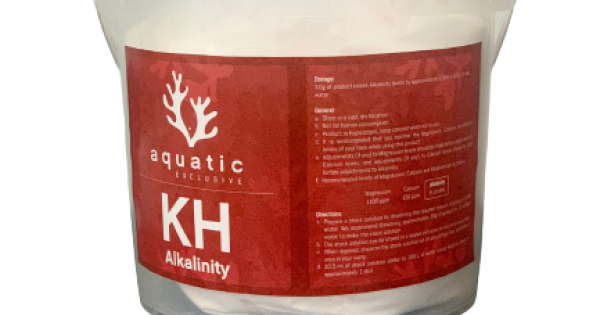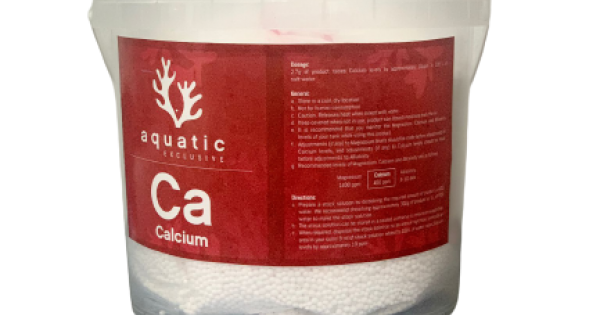Ok, so as many will have seen BRS have produced a very informative series on alk, PH etc. Recently they have been focusing on salinity and long term use of normal salt in Water changes verses NACL free salt.
They are claiming after the 2 year mark in a fast growing tank its best to switch from regular WC to their method. Especially if you are dosing as opposed to a Calcium reactor.
I get all the science behind their rationale.
However, what are peoples opinions on the need to make this switch as they claim. I am interested to know. Thanks
They are claiming after the 2 year mark in a fast growing tank its best to switch from regular WC to their method. Especially if you are dosing as opposed to a Calcium reactor.
I get all the science behind their rationale.
However, what are peoples opinions on the need to make this switch as they claim. I am interested to know. Thanks





















